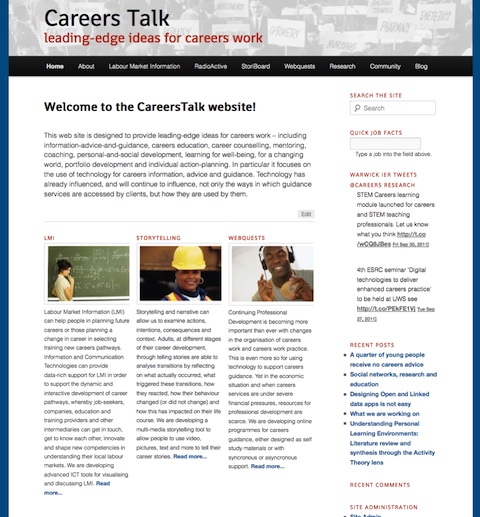Bremen talks on young refugees’ access to training and labour market – Part One: The event and the Bremen study
In the recent times my blogs on this site have focused almost exclusively on our EU-funded Learning Layers (LL) project. This time I will shift the emphasis to a major issue that we are discussing in the Bremen region: Measures to support the reception and integration of refugees. In particular Bremen is struggling with a large number of unaccompanied young people (under 18 years). On Thursday I attended with several other ITB colleagues a public event that brought into discussion a new study from Bremen, an ongoing model project in Bavaria and several views of stakeholders (from different organisations). In the first post I will give some background information and present insights int the Bremen study. In the second post I will give insights into the model project in Bavaria and highlight some key points of the discussion.
1. The background of the event
One of the specific institutions of the Hanseatic City of Bremen is the Chamber of salaried employees (Arbeitnehmerkammer). This is a public body and all salaried employees in Bremen are also members of the chamber. This is a similar arrangement as is the case with Chambers of Commerce or with Chambers of Craft and Trade (which comprise all the enterprises in their respective domains). Given this co-existence of public representative bodies, they have developed several forms of practical cooperation with different societal issues. Also, they have a tradition to contribute to each others’ events.
From the year 2015 on (when the amount of refugees coming to Bremen grew rapidly) the Arbeitnehmerkammer has taken several initiatives to get information on refugees’ situation, to facilitate cooperation between different support organisations and to promote public discusssion on necessary policy measures. In this context the Arbeitnehmerkammer had initiated with the research institute of the University of Bremen for Work and Economy (Institut für Arbeit und Wirtschaft) a special study on the prospects of young refugees to enter training and labour market in Bremen. This event was called to
- make public the main results of the study,
- make comparisons to an ongoing model project in Bavaria and to
- promote public discussion between different stakeholders who engage themselves with problems of young refugees.
2. Insights into the study on young refugees in Bremen
In the first part of the event the author of the Bremen study, René Böhme gave a comprehensive overview on the context, design and results of the study. Here I will not try to reflect its richness. Instead, I try to draw attention to some points that were of vital importance for the discussion:
a) Concerning the amount of refugees arrived in Bremen: Whilst in 2014 the number of refugees was slightly over 2000, in 2015 it was over 10.000. In addition, the number of unaccompanied young refugees was in 2014 ca. 500, whilst in 2015 it was over 2500.
b) Concerning attitudes of employees: In general, employees are ready to receive refugees (given the shortage of skilled workforce) and to make extra efforts to support their training and integration into working life. Yet, they are aware of problems and risks (e.g. of high drop-out rates).
c) Concerning efforts to overcome formal hurdles: Preconditions for flexible and supported entry to training (e.g. via pre-vocational measures) have already been created. Yet, they alone do not guarantee successful completion of training.
d) Concerning parallel support measures and initiatives: At the moment the services and initiatives have been brought into picture in rapid tempo and separately by different actors. Therefore, they appear as uncoordinated patchwork of activities. However, as such they are not merely limited to educational and career guidance but cover also everyday life problems.
In the light of the above the study drew attention to the following needs:
- to make the formal frameworks more flexible at Federal level,
- to improve the pre-vocational learning opportunities in vocational school (with linked career guidance and counselling)
- to improve the cooperation of public authorities, companies and service providers to create a coherent support system for refugee-trainees and -apprentices,
- to strengthen complementary support and mentoring networks to support overall integration into society and everyday life.
I think this is enough of the background of the event and of the Bremen study that was presented as a basis for joint situation assessment. In the next post it is appropriate to present the Bavarian model project and some insights into the discussion.
More blogs to come …

